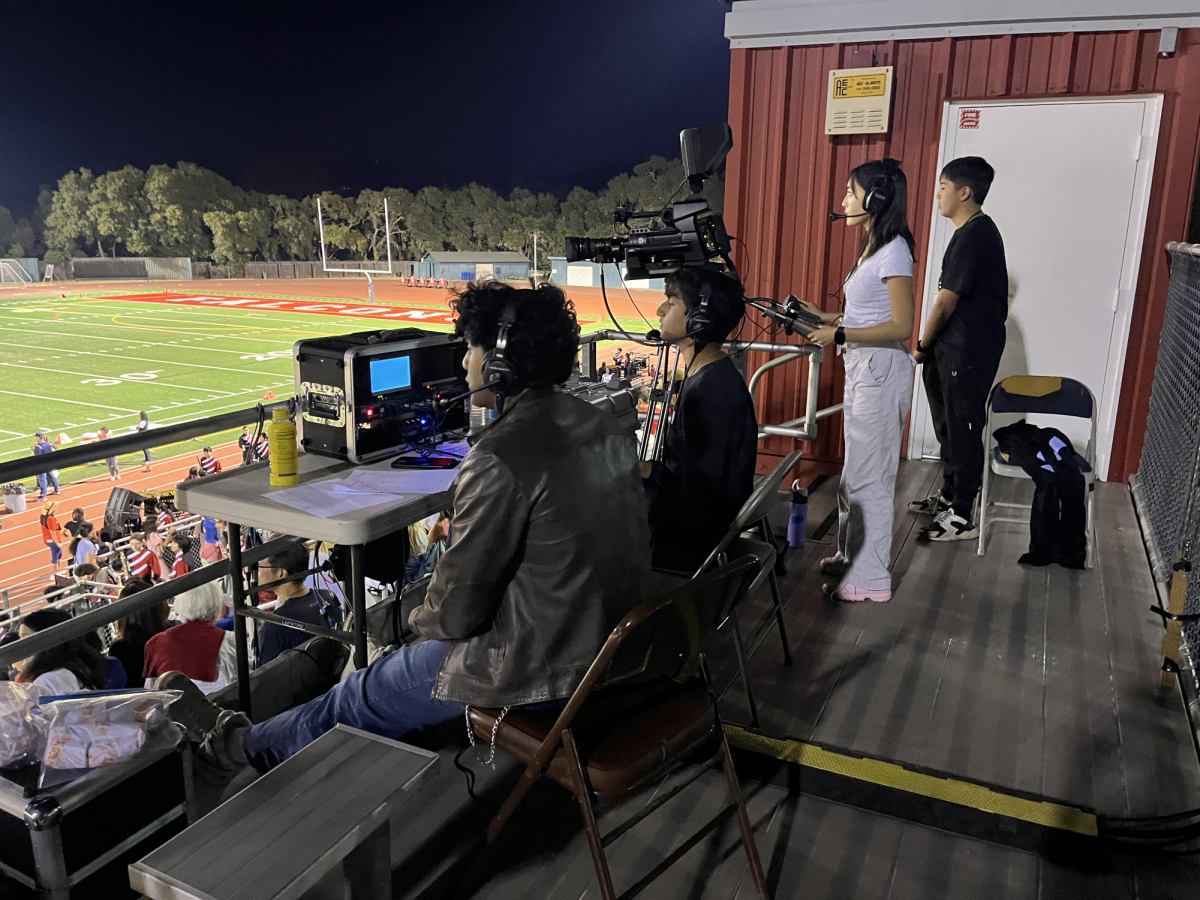A veterinarian is a sort of superman who can mend bones, destroy diseases and terminate tumors across a vast range of pet species, often while keeping a small business running smoothly.
The figure behind the DeAnza Veterinary Clinic, Dr. Brien J. Bates, DVM, with a sunny demeanor and quick smile, is such a man who diagnoses and treats species from puppies to parrots.
The average annual income for veterinarians nationwide is around $81,000, according to Naviance, but the economy has made veterinarians’ incomes more unstable. Since fewer people are willing to own pets in this economy, a clinic “could see a few or we could see two” cases a day, said Bates.
Bates, who earned his DVM from U.C. Davis, one of the most prestigious veterinary schools in the country, had a wide variety of pets when he was small, from “dogs and cats, birds and reptiles,” but he said that not all of his peers in university had such a fur-infested upbringing.
“Not everyone who goes to vet school had a lot of pets, but many of them did,” Bates said. “Everyone is really interested in medicine and surgery.”
Unfortunately, he said, not everyone goes to vet school for the right reasons. Bates cautions against going into veterinary medicine for the sole reason of having less contact with people, since veterinarians often need to talk with pets’ owners in order to successfully diagnose a problem.
“It’s similar to pediatrics in human medicine because pets don’t tell you where it hurts,” Bates said. “You have to depend on owners; some owners are really perceptive, and some are not.”
However, there are major differences between veterinary and human medicine with respect to the variety of cases doctors see.
“One of the big differences between veterinary medicine and human medicine is that you get the chance to do a lot more [in veterinary medicine],” Bates said. “In human medicine, you have to specialize so much, that you’re pretty much just seeing certain things.”
While most veterinarians only see dogs and cats, Bates sees everything from the usual dogs and cats to reptiles, birds and rodents. The wide range of patients “gives a little more variety, but you need to keep on more information in order to keep up with them,” Bates said.
Keeping up with more information poses a challenge since pets get “everything from colds to cancer,” according to Bates. The most common dilemma he sees among animals is periodontal disease, which also affects humans (hint: its other name is gingivitis). Other common ailments include skin disease and intestinal problems.
Bates performs surgery on animals almost every day, “everything from the routine spays and neuters to tumor removals to fracture repairs,” he said.
Though many pet owners may shudder at the thought of cutting open an animal, Bates said, “We’re pretty wimpy, but animals are tough. You’ve got to see past that part and want to help them.”
But some owners, distressingly enough, give up too soon on trying to help their pets.
“Sadly we live in a paper cup society,” Bates said. “Sometimes we get people who come in and say, ‘I’m moving, I just want to put my pet to sleep,’ and it’s a healthy, 2-year-old pet. And of course there are rescue organizations or the Humane Society, but some people just kind of want to walk away from their responsibilities sometimes.”
In other cases, Bates sees euthanasia as a process which is “thankfully available to our pets when it’s not available, for the most part, to people.”
“There are pets when the quality of their life is so poor and we can’t keep them comfortable,” Bates said. “Then, I think it’s a kind thing to put them to sleep, because pets are tough and they’ll just linger.”
Bates said that pets who have an unsatisfactory quality of life often act languidly and without enthusiasm.
“[Pets] are all about food and attention,” Bates said. “That’s why we love them—they’re less complicated that we are, and so if they’re eating their dinner and still want to sit in your lap and go on a walk and do all the things that they usually want to do, their quality of life if pretty good, even if that hip joint’s a little arthritic. But if they’re curled up in the corner and they don’t want to acknowledge you any more, and they don’t want to eat and they’re just whittling away, that’s their way of saying, ‘I feel miserable.’”
Despite the grim cases where pets cannot be cured or must be euthanized, veterinary medicine’s rewards outweigh its occasional losses, making the profession a choice one.
“[There are cases] where you see [the pets] coming in, and they’re not functional or in pain. You fix that broken leg, and they’re out running around again, and that’s pretty rewarding—not only for the pets, but the people are appreciative,” Bates said.

























